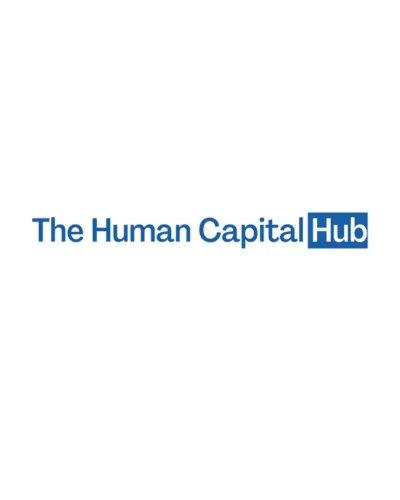Trust is everything in client relationships, but it isn't automatic. It's earned. And in today's high-risk financial world, that trust starts with verification.
Whether you're onboarding new clients or maintaining long-term partnerships, you can protect your company and reputation by verifying who you're doing business with.
You've seen the headlines. Companies hit with fraud. Others were caught up in compliance failures. And often, it starts with a missed check.
So, how can you avoid being the next headline? Start by knowing your client and having the right risk management strategies. Let's break down how smart verification builds stronger, safer client relationships.
Why Smart Verification Matters Today
Financial services aren't what they used to be. Fraudsters are smarter, regulations are tighter, and customer expectations are higher than ever.
Today, you can't afford to treat verification like a checkbox. One weak point or one missed red flag, and you could expose your company to serious risk. Think regulatory fines, reputational damage, or even getting locked out of key markets.
That's where smart verification comes in. It's about going beyond the basics. Instead of just collecting documents, you build a deeper understanding of who your clients are and whether they pose a risk.
Smart Verification Tactics That Build Trust
So, how do you make verification smarter and more effective? Here are five tactics that improve compliance and help you build trust at every stage of the client relationship, starting from day one.
1. Leverage 'Know Your Customer' (KYC) Tools
You've heard of KYC (Know Your Customer). But for many businesses, it's become a routine task: collect the ID, check the box, move on. That's a problem.
A smart KYC approach goes beyond identity. It looks at your client's financial history, business ties, and regional risks. You're not just checking who they are; you're assessing whether they're a safe long-term partner.
That's why your choice of client onboarding software matters. The right tools can help you automate checks, spot inconsistencies, and reduce onboarding time, all while staying compliant.
2. Screen Against Global Watchlists and Sanctions
Would you know if your new client is linked to financial crime or sanctioned entities? You should. Sanctions violations can lead to millions in penalties and major regulatory fallout.
That's why real-time screening is non-negotiable. It helps you catch red flags early, whether it's an individual on a politically exposed person (PEP) list or a company tied to suspicious regions.
Smart systems can automatically cross-check client data against global watchlists and alert you when something changes. It's one of the fastest ways to protect your business without slowing down operations.
3. Embrace Digital Identity and Biometric Tools
Traditional ID verification takes time. It frustrates clients and slows down your team. But you can fix that with digital identity tools.
With facial recognition, document scanning, and secure data validation, you can onboard clients in minutes, not days. Better yet, these tools make it much harder for criminals to use fake documents or false identities.
Biometric authentication also adds a layer of security that's hard to beat. It's fast, reliable, and scalable, especially helpful when you're dealing with clients in different regions.
4. Use Ongoing Due Diligence, Not Just One-Time Checks
You ran all the right checks during onboarding, but what happens six months later? Or a year down the line? Clients change. Their financial behavior shifts, and new risks can emerge.
That's why ongoing due diligence is critical. It allows you to spot potential issues as they happen, not after they've already caused damage.
Understanding the fundamentals of customer due diligence (CDD) is essential for building effective ongoing monitoring processes that protect your business while maintaining strong client relationships.
This means regularly updating client information, re-checking risk scores, and keeping an eye out for suspicious activity. With automated tools, you can do this without overwhelming your team or your clients.
5. Tailor Risk Profiles Based on Customer Type
Not every client carries the same risk. A local small business probably doesn't need the same level of scrutiny as a multinational corporation operating in high-risk markets.
That's where tailored risk profiles come in. With a risk-based approach, you can adjust verification intensity based on the type of client. Low-risk customers get a smoother, faster experience. High-risk ones go through deeper checks.
This makes your process more efficient and keeps you from wasting time (and money) on unnecessary reviews.
Striking the Right Balance Between Trust and Friction
Here's the challenge: how do you stay secure without making clients jump through hoops? Smart verification is your answer.
Done right, it protects your business and creates a smoother client experience. Clients feel safe knowing you take security seriously, and you avoid the delays and churn that come from clunky onboarding processes. The key is using tools and tactics that work behind the scenes, with minimal disruption.
Final Thoughts: Protect Trust by Verifying First
Trust isn't a given. It's built through every interaction, every check, and every smart decision. And in today's environment, that starts with knowing exactly who your clients are.
From onboarding to long-term monitoring, smart verification gives you the confidence to move forward securely, efficiently, and in line with global regulations.
So, take a look at your current process. Are you truly protected? If not, it's time to upgrade how you verify and start building trust the right way.



